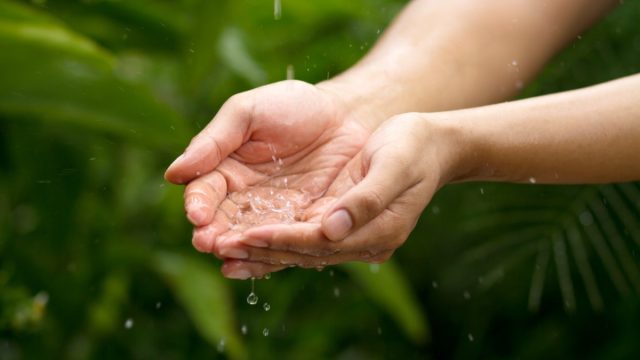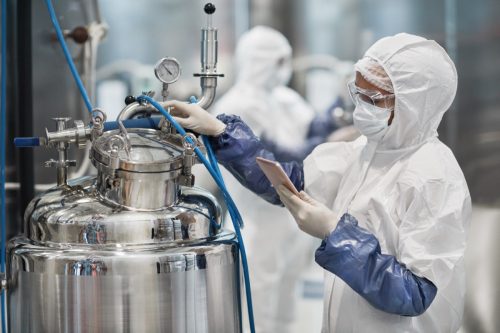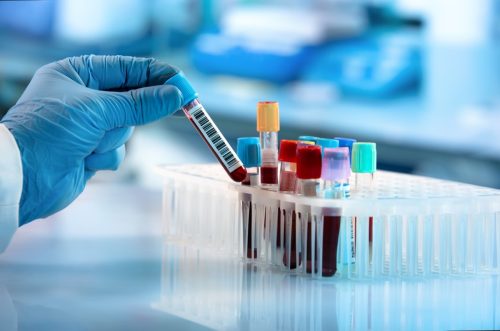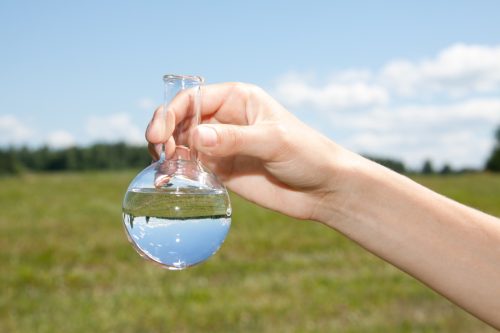Rainwater Everywhere on Earth Unsafe to Drink Due to “Forever Chemicals,” Study Warns
97% of Americans have measurable levels of chemicals in their blood.

Rainwater just about everywhere on earth is unsafe to drink because it’s tainted with high levels of dangerous “forever chemicals,” a new study has found. Researchers at the University of Stockholm found PFAS in rainwater nearly everywhere on the globe, including in Antarctica. It’s still uncertain how “forever chemicals” affect humans, but animal studies have found that some PFAS may affect growth and development, reproduction, thyroid function, the immune system, and injure the liver. Read on to learn more about chemicals in rainwater and what can be done to limit the danger.

PFAS (short for perfluoroalkyl and poly-fluoroalkyl substances) are a group of man-made chemicals that don’t break down readily. They’re known as “forever chemicals” because they don’t break down in the environment and as such are present in our food, water, and air.
PFAs have nonstick and stain-repellent properties, and they’re used to make cosmetics, personal care items like shampoo and shaving cream, cookware, and clothes and home furnishings.

According to the National Institutes of Health, these “forever chemicals” last so long in the environment that their half-life is impossible to assess. One study found that 97% of Americans have measurable levels of PFAS in their blood. For years, experts have said the most common way to be exposed to PFAS is through drinking water.

Science has discovered that “forever chemicals” are even more dangerous to humans than originally thought, so limits for safe exposure have dropped significantly in recent decades.
“There has been an astounding decline in guideline values for PFAS in drinking water in the last 20 years,” says Ian Cousins, lead author of the new study and a professor at Stockholm University.
An example: The water guideline values for PFOA (perfluorooctanoic acid), a known carcinogen, have declined by 37.5 million times in the U.S. “Based on the latest U.S. guidelines for PFOA in drinking water, rainwater everywhere would be judged unsafe to drink,” says Cousins. “Although in the industrial world we don’t often drink rainwater, many people around the world expect it to be safe to drink and it supplies many of our drinking water sources.”

“Human health effects from exposure to low environmental levels of PFAS are uncertain,” says the Centers for Disease Control and Prevention. “Studies of laboratory animals given large amounts of PFAS have found that some PFAS may affect growth and development, reproduction, thyroid function, the immune system, and injure the liver.” Other scientists say there is no link between PFAs and health problems.

Experts have been calling for new limits on PFAS for years, and studies like these regularly renew calls to do so. “It cannot be that some few benefit economically while polluting the drinking water for millions of others, and causing serious health problems,” Dr. Jane Muncke, managing director of the Food Packing Foundation in Zurich, told Euro News. “The vast amounts that it will cost to reduce PFAS in drinking water to levels that are safe, based on current scientific understanding, need to be paid by the industry producing and using these toxic chemicals.”
In June 2021, a bipartisan group of senators including Sen. Susan Collins (R-ME) and Sen. Richard Blumenthal (D-NY) introduced the “No PFAs in Cosmetics Act,” to ban the use of PFAs in cosmetics and personal-care items. The bill has failed to move to the committee.














